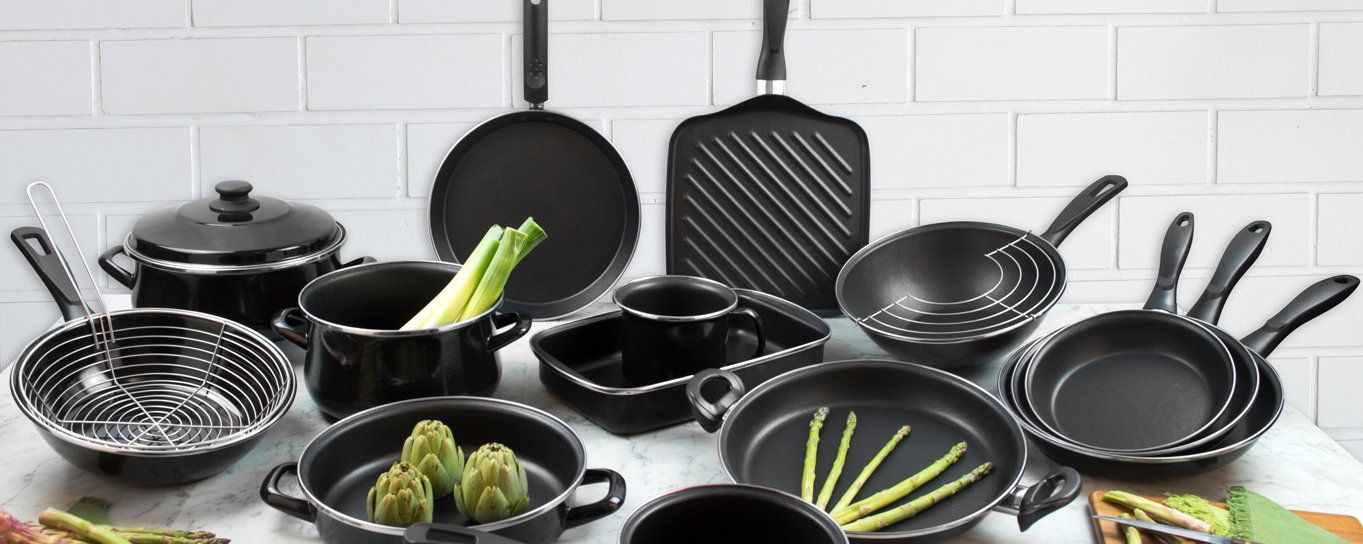This website uses its own and / or third-party cookies to improve our services, gather statistical information and optimize your browsing. You can consult more information in our Cookies Policy.
Configuración avanzada de Cookies
Obligatorias
Usamos cookies obligatorias para realizar funciones esenciales del sitio web. Por ejemplo,
se utilizan para iniciar sesión, guardar tus preferencias de idioma, ofrecer una experiencia de carro
de la compra, mejorar el rendimiento, redirigir el tráfico entre servidores web, detectar el tamaño de
tu pantalla, determinar los tiempos de carga de las páginas, mejorar la experiencia de usuario y medir
la audiencia. Estas cookies son necesarias para el funcionamiento de nuestros sitios web.
Analysis Cookies
Son aquellas que bien tratadas por nosotros o por terceros, nos permiten cuantificar el número de
usuarios y así realizar la medición y análisis estadístico de la utilización que hacen los usuarios
del servicio ofertado. Para ello se analiza su navegación en nuestra página web con el fin de
mejorar la oferta de productos o servicios que le ofrecemos.
Cookies Publicitarias
Tanto nosotros como otros terceros usamos cookies de publicidad. Estas cookies almacenan información
del comportamiento de los usuarios obtenida a través de la observación continuada. Gracias a ellas,
podemos conocer los hábitos de navegación en internet y mostrarte publicidad relacionada con su perfil
de navegación.
Cookies de terceros
Tanto nosotros como otros terceros utilizamos cookies de redes sociales para mostrarte anuncios y contenido
en función de tus perfiles en las redes sociales y las actividades que realizas en nuestros sitios web.
Si el usuario decide usar el registro social, autoriza a la red social a almacenar una Cookie persistente
que recuerda su identificación en el servicio, de manera que se agiliza el acceso de los usuarios a las
ediciones digitales en posteriores visitas.
 kitchenware in vitrified steel and aluminium since 1995.
kitchenware in vitrified steel and aluminium since 1995.